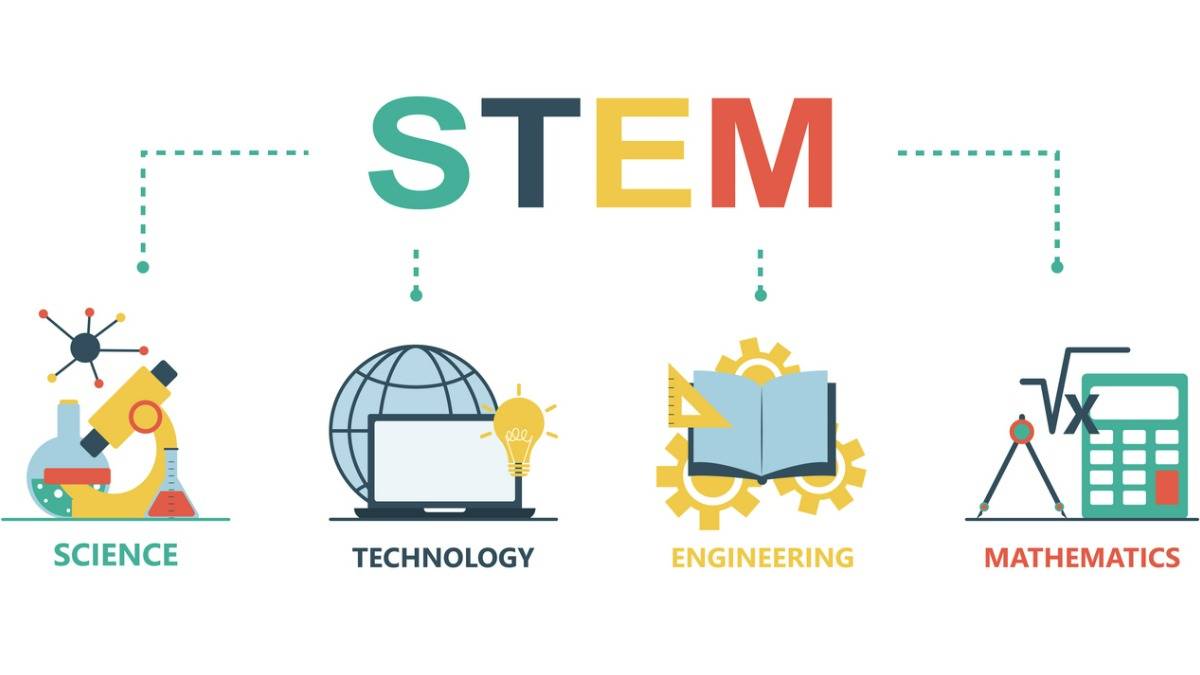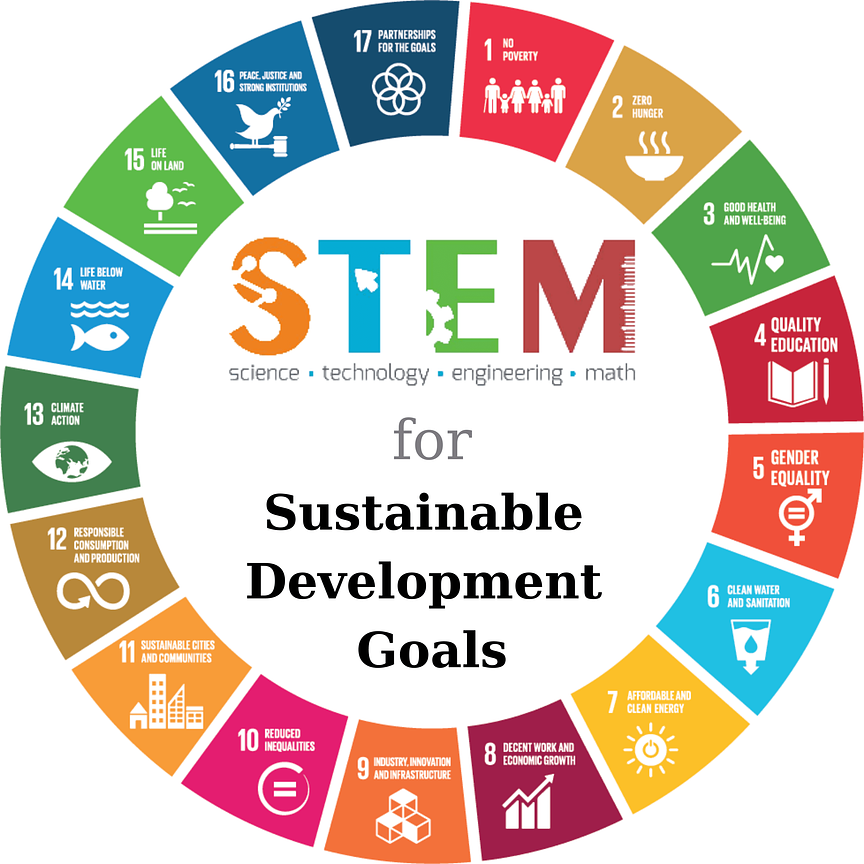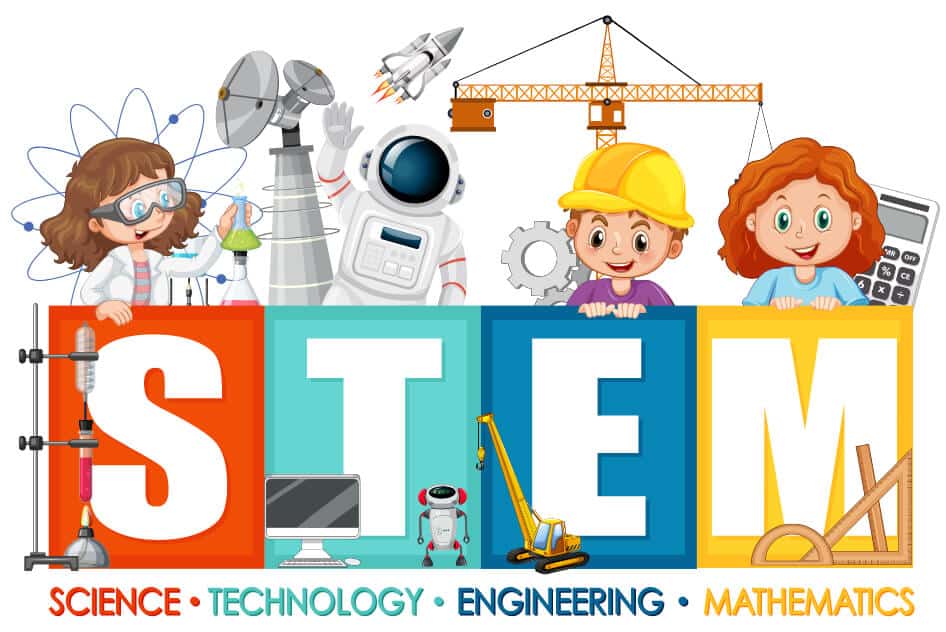Stem Education: Unlocking Future Innovators and Leaders
- Update Time : Friday, October 25, 2024

STEM education integrates the disciplines of science, technology, engineering, and mathematics. It emphasizes critical thinking and hands-on learning.
STEM education stands at the forefront of innovation, preparing students for the ever-evolving technological landscape. It fosters an environment where inquisitive minds can flourish, and practical skills are honed. Through a curriculum that encourages experimentation and problem-solving, STEM education equips learners with the tools necessary to tackle real-world challenges.
Its interdisciplinary approach not only enhances academic knowledge but also develops vital skills such as adaptability, collaboration, and creativity. As industries increasingly rely on technological advancements, STEM education becomes indispensable in shaping future leaders and innovators.
The Essence Of Stem Education
STEM Education integrates science, technology, engineering, and mathematics. It encourages an interdisciplinary approach to learning. This method bridges the gaps between these key areas. Each discipline shares its methodologies and insights, creating a cohesive learning model.
The shift away from traditional learning models is evident. STEM promotes critical thinking and problem-solving skills. It relies on active participation and hands-on experiences. Students learn to collaborate and apply their knowledge in real-world scenarios. This shift is crucial for preparing them for future challenges.
| Science | Technology | Engineering | Mathematics |
|---|---|---|---|
| Exploration and experimentation | Digital literacy and computing | Design and build solutions | Logical reasoning and analysis |
Historical Evolution Of Stem
The concept of STEM education began in the early 20th century. Integration of disciplines was its core ideal. The term STEM was first coined by the National Science Foundation (NSF) in the United States. This approach gained prominence as it addressed skill gaps in science and technology.
Internationally, countries recognized the importance of STEM. They adopted policies to foster innovation and economic growth. By the late 20th century, STEM had become a global movement. Schools and universities modified curricula to prioritize STEM fields.
Educational reforms included new teaching methods. These aimed at enhancing critical thinking and problem-solving. Governments invested in teacher training and modernized classrooms to support STEM learning.
Stem Curriculum Dynamics
STEM Curriculum focuses on hands-on projects. Kids build and create things themselves. This method helps them learn better. Technology and engineering tools are used in every project. This makes learning fun and interesting.
Teams of students work together on projects. They use computers, tablets, and other tech tools. These tools help them solve problems. They also learn how to design things. This is part of engineering.

Credit: r2.ieee.org
Critical Skills Fostered By Stem
STEM education builds many important skills. Problem solving and creativity are key. Students learn to think outside the box. They tackle challenges in innovative ways. This approach encourages creative thinking. Students often work together, sharing ideas. This teamwork boosts their collaboration skills. They also improve at communication. Explaining complex ideas becomes easier. This is vital in both school and future careers. STEM teaches kids to work well with others. They share goals and reach solutions together. These skills are essential for success in any field.
Women And Minorities In Stem
Women and minorities face significant hurdles in STEM fields. These challenges often stem from long-standing biases and systemic barriers. Yet, there is a silver lining. Opportunities for change are growing as initiatives aimed at inclusivity gain momentum.
Organizations are taking bold steps to encourage diversity. They offer scholarships, mentorships, and community support programs. These efforts help level the playing field and empower underrepresented groups. The goal is to foster an environment where everyone has a fair chance to succeed in STEM.
| Initiative | Objective |
|---|---|
| Scholarships for Women | Financial aid to pursue STEM education |
| Mentorship Programs | Guidance from experienced professionals |
| Community Outreach | Engagement with minority communities |
Role Of Educators In Stem
Educators play a pivotal role in STEM education, shaping the future of students. Effective teaching methodologies are essential for fostering curiosity and engagement in science, technology, engineering, and mathematics. Teachers must create interactive and hands-on learning experiences that challenge students to think critically and solve problems.
Continuous professional development is crucial for educators to stay current with the latest STEM advancements. Support from schools and communities enables teachers to implement innovative teaching strategies. This support often includes access to cutting-edge resources and collaboration with STEM professionals.
- Collaborative projects encourage team problem-solving.
- Real-world applications make STEM concepts relevant.
- Technology integration enhances learning experiences.
Impact Of Stem On Future Job Markets
The rise of STEM education is shaping the job market. Emerging careers in science, technology, engineering, and mathematics are pivotal for economic development. With technology advancing rapidly, careers in robotics, artificial intelligence, and renewable energy are becoming more prevalent.
Workers must gain STEM skills to thrive. Countries emphasizing STEM are seeing growth in innovation and productivity. Industries are hunting for STEM-qualified professionals.
| STEM Field | Career Path | Industry Impact |
|---|---|---|
| Technology | Data Analyst | Business Optimization |
| Engineering | Robotics Engineer | Manufacturing Efficiency |
| Mathematics | Cryptographer | Information Security |
| Science | Biotechnologist | Healthcare Advancements |
Education systems must adapt to prepare children for technologically driven careers. Support for STEM programs is essential. The future job market depends on a workforce skilled in these areas.

Credit: hundred.org
Real-world Applications Of Stem
STEM education shapes our world. It stands for Science, Technology, Engineering, and Mathematics. Kids learn to solve problems. They use STEM in real life. For example, building bridges requires engineering. Scientists use technology to study space.
Many success stories come from STEM. One story is about a robot named Curiosity. Curiosity explores Mars for us. It sends back pictures and data. This robot was made by engineers and scientists.
Another story is about creating safe water. Engineers design systems to clean water. This helps people stay healthy. Innovation in STEM makes our lives better.
Smartphones are a big STEM success. They let us talk, learn, and play. Engineers and programmers work together to make them. STEM education helped them do this.
Challenges And Criticisms Of Stem Education
STEM Education faces significant hurdles, particularly in accessibility and resource distribution. Certain schools, often in underserved communities, lack basic laboratory equipment or advanced technology. This disparity creates a gap in quality education for students based on their geographic or socioeconomic status.
Standardized testing sparks debate within STEM. Critics argue these tests may not accurately reflect a student’s understanding or potential. The focus on standardized metrics can also lead to a narrow curriculum, sidelining critical thinking and creativity.
Looking Ahead: The Future Of Stem Education
The future of STEM education is vibrant, with innovative technologies transforming how students learn. Interactive simulations and virtual labs allow learners to experiment and explore complex concepts with ease. Online platforms provide access to a world of knowledge, preparing students for the globalized economy. The goal is to equip them with critical skills needed in the 21st century.
Classrooms are becoming more collaborative and interactive. Robotics, 3D printing, and AI-driven programs foster creativity and problem-solving. Such tools make learning engaging and relevant. As a result, students are better prepared to tackle real-world challenges.

Credit: k8school.com
Frequently Asked Questions
What Is Stem Education?
STEM Education refers to an interdisciplinary approach to learning where academic concepts are coupled with real-world lessons. It integrates science, technology, engineering, and mathematics.
Why Is Stem Education Important?
STEM Education is crucial because it fosters innovation and critical thinking. It prepares students for high-demand careers in a technology-driven future.
How Does Stem Education Benefit Students?
STEM Education promotes problem-solving, creativity, and analytical skills. It prepares students for future challenges and technological advancements.
Can Stem Education Start In Elementary School?
Yes, STEM Education can start at an early age. Early exposure helps children develop a strong foundation in essential STEM skills.
Conclusion
STEM education stands as a cornerstone for future innovation. It equips learners with critical skills, fostering problem-solving and creativity. Embracing STEM paves the way for progress, ensuring students are ready for tomorrow’s challenges. Let’s nurture young minds in STEM – the key to unlocking their limitless potential.


















Leave a Reply